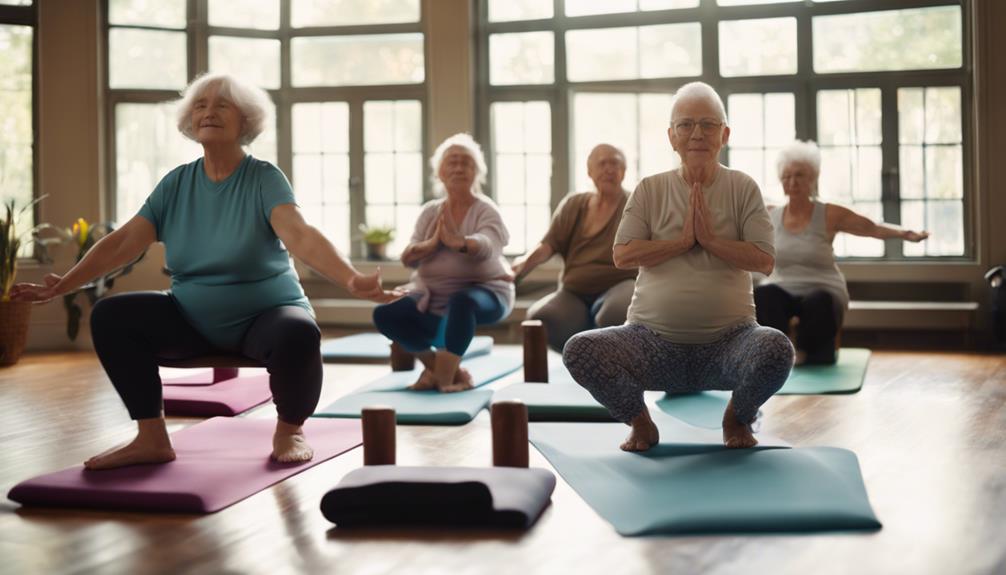What’S Difference Between Yoga And Pilates

Yoga and Pilates are two popular forms of exercise that have gained significant traction in the wellness community. While they may appear similar at first glance, they possess distinct philosophies, practices, and benefits. This article will explore the differences between yoga and Pilates, helping you decide which practice aligns best with your fitness goals.
Understanding Yoga: Origins and Philosophy
Yoga is an ancient practice that originated in India over 5,000 years ago. The word “yoga” comes from the Sanskrit word “yuj,” meaning to unite or join. This practice encompasses physical postures (asanas), breathing techniques (pranayama), meditation, and ethical principles. Yoga aims to create a harmonious balance between the body, mind, and spirit, promoting overall well-being. With various styles like Hatha, Vinyasa, and Ashtanga, yoga offers a wide range of practices suitable for different fitness levels and preferences.
Exploring Pilates: A Modern Approach to Fitness
Pilates, developed by Joseph Pilates in the early 20th century, is a physical fitness system that focuses on strengthening the body’s core muscles. Unlike yoga, Pilates emphasizes controlled movements and precise alignment. The primary goal of Pilates is to improve overall body strength, flexibility, and posture while enhancing physical awareness. Pilates incorporates a variety of equipment, such as reformers and stability balls, to facilitate resistance training, making it an effective workout for individuals looking to tone their bodies and build muscle.
Movement Styles: How Yoga and Pilates Differ
One of the most significant differences between yoga and Pilates lies in their movement styles. Yoga focuses on flowing sequences of poses, encouraging practitioners to connect breath with movement. This fluidity helps improve flexibility, balance, and relaxation. On the other hand, Pilates is characterized by its emphasis on precise movements and controlled breathing. The exercises are often performed in a series of repetitions, targeting specific muscle groups to build strength and stability. Understanding these different movement styles can help you choose which practice aligns better with your fitness goals.
Related Posts:
Breathing Techniques: A Key Distinction
Breathing is a fundamental aspect of both yoga and Pilates, but the techniques and purposes differ. In yoga, practitioners often engage in deep, diaphragmatic breathing to promote relaxation and mindfulness. The breath is synchronized with movements, creating a meditative experience. Conversely, Pilates utilizes a specific breathing technique called “lateral thoracic breathing,” which encourages inhalation through the nose and exhalation through the mouth. This method helps stabilize the core and support controlled movements during exercises. Recognizing these differences in breathing techniques can enhance your practice and overall experience.
Physical Benefits: What Each Practice Offers
Both yoga and Pilates offer numerous physical benefits, but they target different areas of the body. Yoga is known for improving flexibility, balance, and mindfulness. Regular practice can lead to increased joint mobility, reduced stress, and enhanced mental clarity. Pilates, on the other hand, is particularly effective for core strength and muscle toning. It focuses on developing a strong foundation, which can improve overall body strength and posture. Depending on your fitness goals, you may find that one practice resonates more with your desired outcomes.
Mental and Emotional Benefits: Finding Inner Peace
Beyond physical benefits, both yoga and Pilates provide mental and emotional advantages. Yoga is often regarded as a holistic practice that encourages self-awareness, mindfulness, and emotional stability. The meditative aspects of yoga foster a sense of inner peace and stress relief, making it an excellent choice for those seeking emotional balance. Pilates, while primarily a physical practice, also promotes mental focus and concentration. The emphasis on controlled movements can enhance body awareness and mental clarity, making it a valuable tool for stress management.
Class Environments: What to Expect in Each Practice
The environments in which yoga and Pilates classes take place can also differ significantly. Yoga studios often have a serene atmosphere, complete with calming music, dim lighting, and even scented candles. The focus is on creating a peaceful space for practitioners to unwind and connect with their breath and body. Conversely, Pilates classes may be held in gyms or studios equipped with specialized equipment like reformers. The atmosphere tends to be more dynamic and energetic, emphasizing physical exertion and technique. Understanding these differences can help you choose the right setting for your practice.
Choosing Between Yoga and Pilates: Which is Right for You?
Ultimately, the choice between yoga and Pilates comes down to your personal preferences and fitness goals. If you seek a holistic practice that combines physical movement with mental relaxation, yoga may be the right fit for you. However, if you’re focused on building core strength and improving muscle tone, Pilates could be the better option. Many individuals find value in incorporating both practices into their routines, as each offers unique benefits that can complement one another.
In conclusion, understanding what’s the difference between yoga and Pilates can empower you to make informed decisions about your fitness journey. By recognizing their distinct philosophies, movement styles, and benefits, you can choose the practice that best aligns with your personal goals and lifestyle. Whether you embrace the tranquility of yoga or the precision of Pilates, both practices can enhance your physical and mental well-being. So, take the time to explore both and find the path that resonates with you.Yoga Day